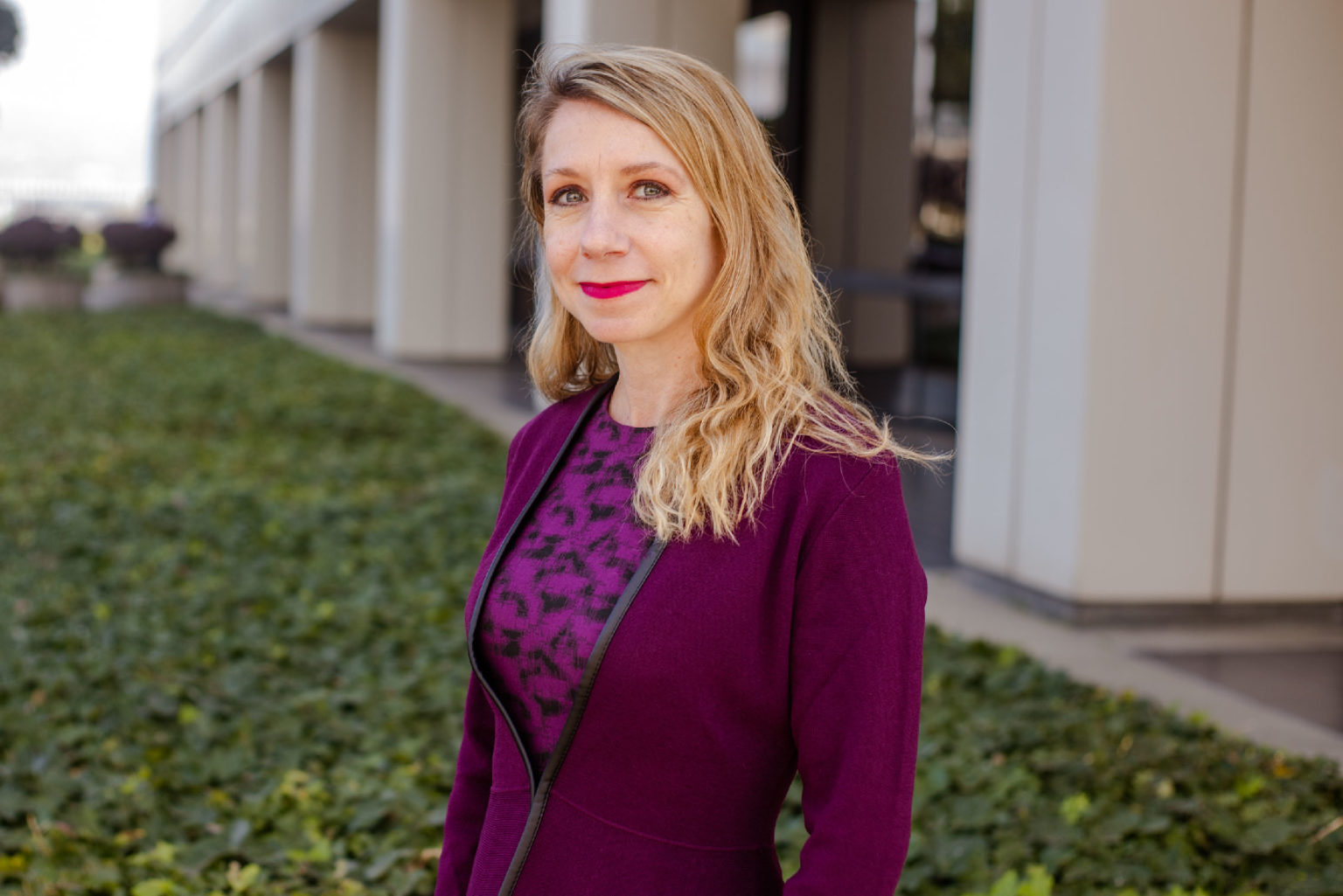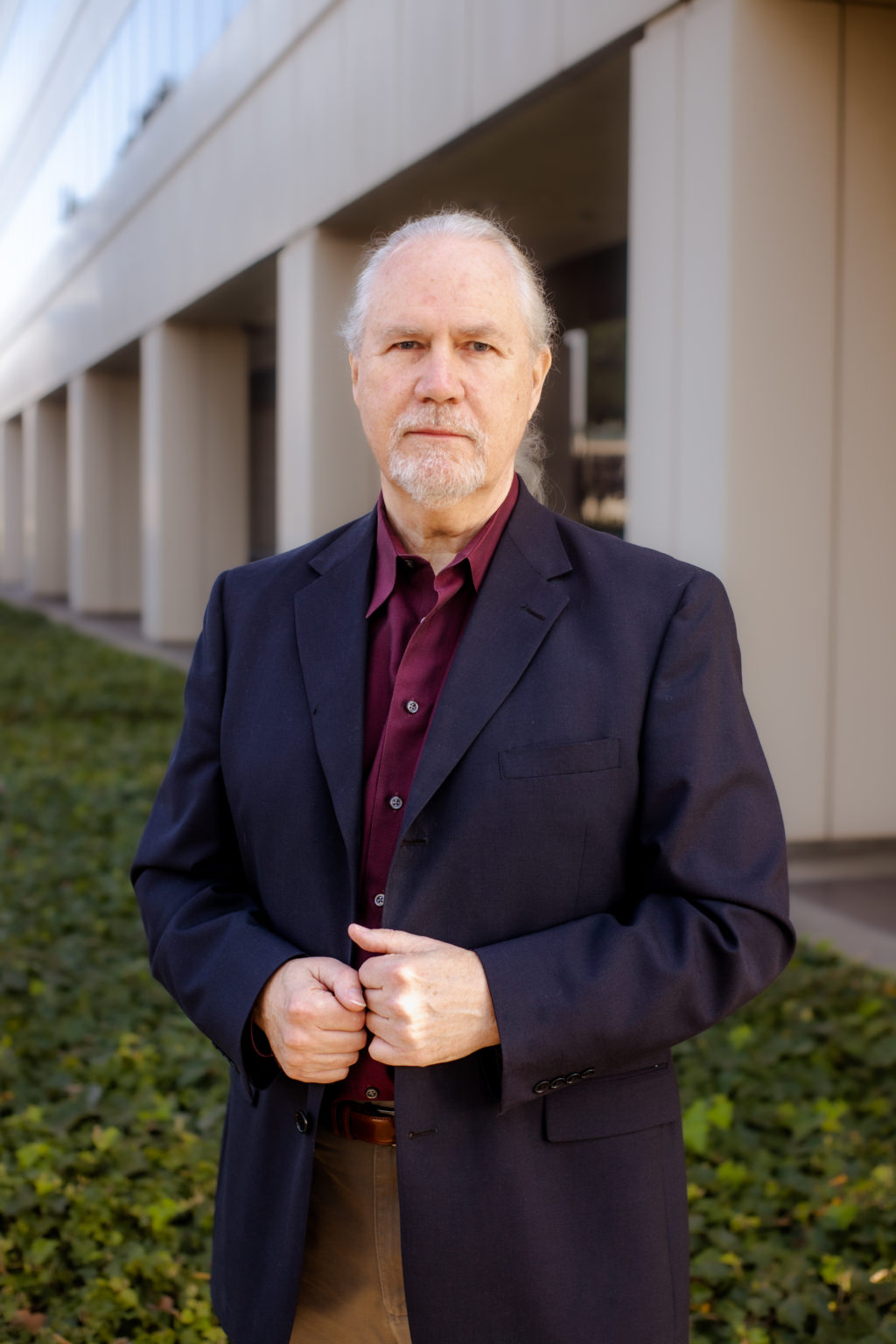 The word “Labor” can mean a whole range of different things. Often when people who are under great economic pressure are offered a job, they wake up to find the word means something very different from what they expected. Victims of human trafficking are often lured by false promises of a lucrative job, stability, education, marriage, or other beautiful enticements. Once foreign nationals enter the country they are relieved of travel documents and must live in facilities provided by their captors. They then lack the legal identity and any means of escape.
The word “Labor” can mean a whole range of different things. Often when people who are under great economic pressure are offered a job, they wake up to find the word means something very different from what they expected. Victims of human trafficking are often lured by false promises of a lucrative job, stability, education, marriage, or other beautiful enticements. Once foreign nationals enter the country they are relieved of travel documents and must live in facilities provided by their captors. They then lack the legal identity and any means of escape.
Enslavement.
Human beings who are trafficked can come from any walk of life. However, circumstances that make people vulnerable are especially attractive to traffickers: runaways and homeless young people, victims of domestic violence, sexual assault victims, people facing the scourge of war for whom life is very hard, persecuted minority members who face dangers and isolation.
Many victims of human trafficking have made promises to pay large amounts of money to “agents” who promised to help them illegally immigrate. Then, when they can’t pay, they become indentured and have to work off the fees or face threats. Traffickers manipulate their victims by threatening to report them to immigration authorities or by taking away their work visas or other documents. They take advantage of the non-portability of documents and their victims’ ignorance of law, human rights, labor law, culture and poor language fluency.
Victims are often imprisoned in their dwellings and frequently moved about to keep them from learning the environment. They are deprived of the ability to communicate with family and are often isolated from each other as well.
The traffickers often share the cultural and national identity of their victims. They can be lone operators or parts of large international criminal organizations. Traffickers sometimes develop contracts with factories, farm owners, small business owners or people looking for domestic servants, as well as restaurants, or even family members. Their common thread is their willingness to exploit and torture vulnerable human beings.
Anti-trafficking law.
Labor trafficking is a crime in the United States. U.S. law regards human trafficking as slavery. The Trafficking Victims Protection Act (TVPA) of 2000 initially provided for prevention, protection and prosecution prongs of approach to the issue. The TVPA has been updated 5 times since 2000. Importing people for labor and employing physical force, fraud, coercion, or debt bondage to prevent escape is a federal crime in the U.S. The crime is punishable by prison terms up to 20 years and life imprisonment if the crime includes kidnapping, sexual abuse, causing death, or other aggravating factors.
The crime of human abuse through human trafficking is also a legal labor law matter because the practices inevitably violate labor protections like the Piece-Rate Compensation and Wage Statement requirements which went into effect on January 1, 2016.
Worldwide slavery practice.
In 2017 there were 1,249 labor trafficking cases reported in the United States. This represents a major jump in the number of cases. In the 10 years between 2007, the cases numbered 6,656 (or about 656 cases per year). The three most populous states, California, Texas, and Florida reported the most cases. The five largest states reported 45 percent of the total cases. Three -quarters of the cases (74 percent) were adults. Two-thirds (63 percent) were foreign nationals. More than half (56 percent) were females.
Labor trafficking largely targets people who are marketable as laborers, not children. The trafficking is largely imported from one country to another. Estimates are that 21 million people are victims of forced labor yearly. China may be the worst offender with nearly 12 million (11.7 million). Africa reported nearly 4 million (3.7 million) cases. Russia reported 1.6 million cases. Even Canada reported 1.5 million cases.
The females who are trafficked are disproportionately (99% of the victims) employed in sex trafficking. Females represent only a slight majority (58 percent) in other industries.
Conclusion.
Labor trafficking is becoming more widespread or commonplace and it is a deeply ethical problem that destroys the lives of millions of people around the world and, perhaps, tens of thousands in the United States. Legal action against perpetrators is only affected a small proportion of the crimes.
Aiman-Smith & Marcy is committed to eradicating unethical business practices too often inflicted on employees, consumers, and businesses. Our practice is dedicated to upholding your rights. Please contact us to learn more.





